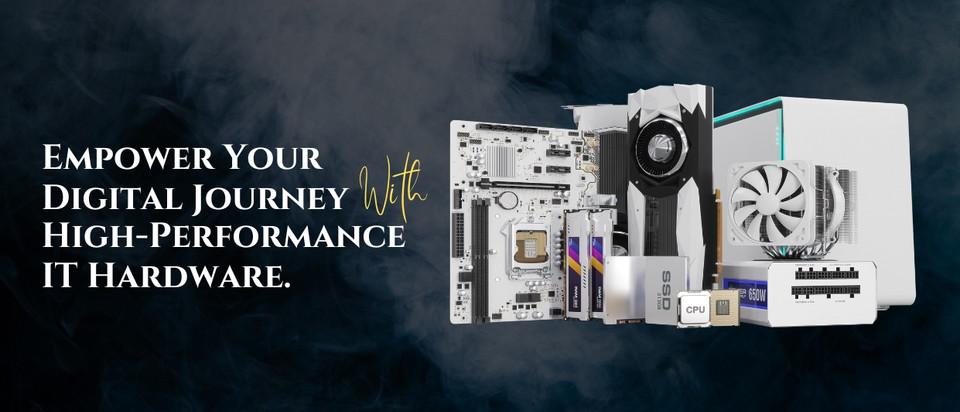Cache memory is a high-speed storage component that sits between the processor and main memory. Its primary job is to store frequently used data so the CPU can access it almost instantly. Without it, every command would need to fetch information directly from RAM, which is slower and would bottleneck system performance.
Why Does Cache Memory Matter?
The efficiency of your system depends heavily on how quickly it can process data. Cache memory reduces latency, boosts speed, and ensures smoother multitasking. Whether you’re gaming, editing videos, or running heavy applications, the right cache setup can transform your experience.
The Best Cache Memory for Performance
In the middle of the computing world’s speed race, the best cache memory is the one that balances size, speed, and architecture. Modern processors typically come with three levels: L1, L2, and L3. L1 is the smallest but fastest, L2 provides a balance, and L3 offers larger capacity at slightly lower speed. The right combination ensures seamless communication between the CPU and RAM.
Future of Cache Memory
As technology evolves, cache memory is getting smarter and larger. With advancements like stacked cache and AI-driven prefetching, tomorrow’s processors will anticipate user needs even faster. This innovation promises a new level of efficiency for both personal and professional computing.
Conclusion
Cache memory may be small in size, but its impact on system performance is massive. By understanding its role and choosing the best cache memory setup, users can unlock the hidden speed potential of their computers. In the end, it’s the invisible force that keeps everything running fast and smooth.



